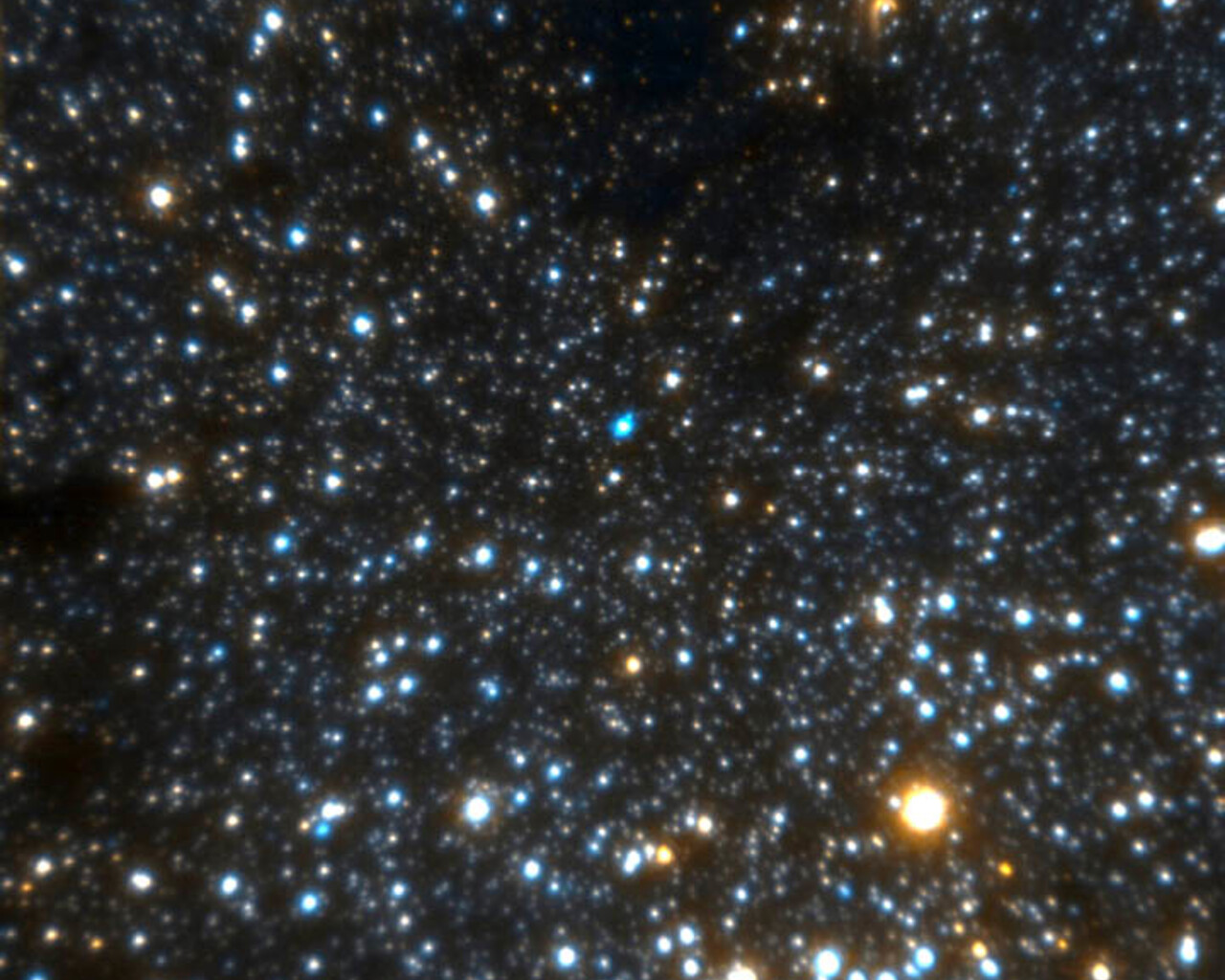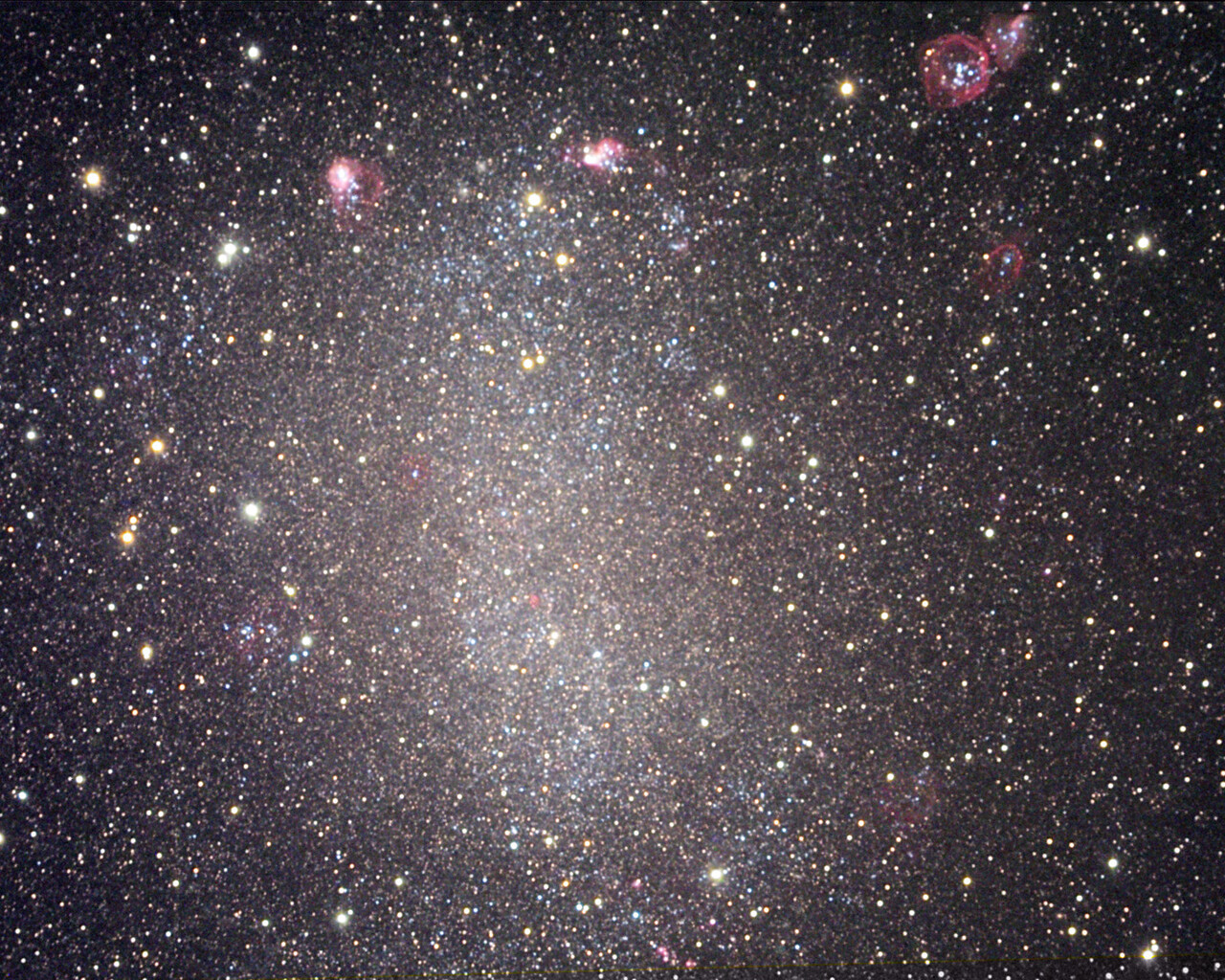Sagittarius
Origin
Sagittarius is located in the southern hemisphere and is a prominent constellation of the zodiac. It is often depicted as a centaur, a mythical creature that is half-human and half-horse, drawing a bow.
The origin of this constellation is the ancient Babylonian god Pabilsag, a god of war and agriculture married to the healing goddess. He was later identified with the god Nergal who was often depicted as an archer. Nergal is anthropomorphic, he is a man standing on two feet. Pabilsag is a mixed creature with the upper body of a man and a horse-body with wings and a scorpion tail in addition to the horse tail. The constellation is in the zodiac and was, therefore, taken over by the Greeks but didn’t fit their pantheon. They depicted him either with two feet like Nergal and called him Krotos, a mythological archer, or with four legs like Pabilsag and called him Chiron, a wise centaur. Both images existed in Greek antiquity and are even preserved on ancient globes until today.
Bright Stars
- Kaus Australis (Epsilon Sagittarii): Kaus Australis is the brightest star in Sagittarius. It is an orange giant.
- Nunki (Sigma Sagittarii): Nunki is the second-brightest star in Sagittarius. It is a blue main sequence star.
- Kaus Media (Delta Sagittarii): Kaus Media is a binary star system consisting of an orange giant star and a white dwarf companion .
- Kaus Borealis (Lambda Sagittarii): This is the northernmost star and is a blue giant.


 Photo of the constellation Sagittarius produced by NOIRLab in collaboration with Eckhard Slawik, a German astrophotographer.
The annotations are from a standardized set of 88 western IAU constellations and stick figures from Sky & Telescope. Please find here a non-annotated version of the image.
Photo of the constellation Sagittarius produced by NOIRLab in collaboration with Eckhard Slawik, a German astrophotographer.
The annotations are from a standardized set of 88 western IAU constellations and stick figures from Sky & Telescope. Please find here a non-annotated version of the image.
Credit: E. Slawik/NOIRLab/NSF/AURA/M. Zamani
Notable Objects
- Messier 8, the Lagoon Nebula: The Lagoon Nebula is one of the most famous nebulae in the sky. With a small telescope, you can observe the nebula's bright core, which resembles a lagoon surrounded by dark lanes of dust and gas.
- Messier 20, the Trifid Nebula: The Trifid Nebula is another prominent nebula in Sagittarius. It gets its name from the dark lanes of dust that divide it into three parts. A small telescope can reveal the nebula's structure and the contrast between the bright and dark regions.
- Messier 17, the Omega Nebula: Also known as the Swan Nebula or Horseshoe Nebula, M17 is another beautiful emission nebula in Sagittarius. While its intricate details are best seen with larger telescopes, a small telescope can still capture the overall shape and some of its brighter regions.
- Messier 22, Globular Cluster: Messier 22 is one of the brightest and finest globular clusters in the sky. It can be observed as a densely packed ball of stars with a small telescope.





























































